Recycling Is Just the Start. Here's What Zero Waste Really Takes

For decades, recycling has been the silver bullet for our waste crisis. Bins in every colour, the “recycled” label on our products, and the feel-good reassurance that our waste was going “somewhere better.” But now, it's time we pose the tougher question: Is recycling sufficient? In reality, traditional recycling has its limits, especially when it comes to achieving a true plastic circular economy.
While recycling remains a crucial part of the puzzle, it’s just the beginning. Today, the industry is shifting from basic reuse models to more advanced systems like chemical recycling and textile-to-textile recycling, which break materials down at the molecular level to recover PET recycled granules. Chemical recycling of waste is especially important for industries like F&B packaging, where the demand for safe, environmentally friendly food packaging is growing rapidly.
And this is where upcycling steps in as a strong, frequently under-leveraged alternative to chemical recycling.
Why Chemical Recycling Alone Isn’t Enough
At its best, recycling diminishes the demand for virgin extraction of materials and keeps waste out of landfills. Even in established recycling economies, however, success rates are sobering. Just 9% of all plastic produced has been recycled, the UN estimates. The rest? Incinerated, landfilled, or lost in the environment.
What’s holding us back? Several factors:
- Downcycling vs. Closed Loop: The majority of traditional or chemical recycling is still downcycling, where materials are degrading in quality and being recycled into products of lesser value. This limits how frequently a material can be recycled in the system. Upcycling breaks this cycle by converting waste into more valuable, longer-lasting products.
- Contamination: From food-stained pails to mixed items like plastic-coated paper, dirty waste can render entire lots unrecyclable.
- Design Flaws: Products are designed for looks or functionality, not recycling. Consider chip packets constructed of bonded layers of plastic and foil, nearly impossible to recycle.
- Lack of Infrastructure: In some parts of the world, collection, segregation, and processing infrastructure are lacking or underfunded.
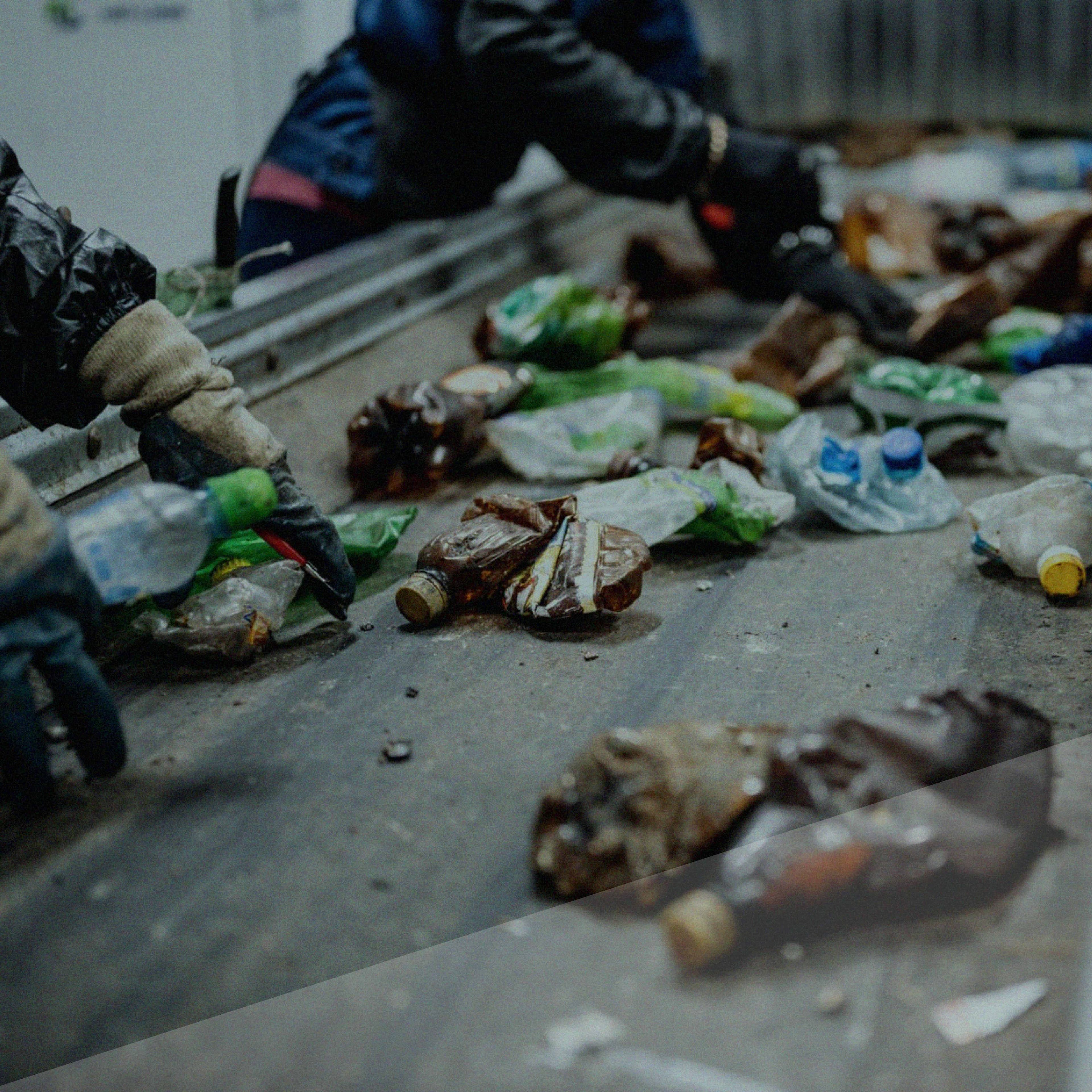
The result? An overburdened recycling system is trying to make up for failures upstream in design, consumption, and disposal. With the use of pet flakes, upcycling sidesteps many of these limitations by rethinking use cases altogether.
Redefining Zero Waste
"Zero waste" isn't about producing literally zero waste. It’s about designing systems that prevent waste at the source, ensuring plastic circularity in high-value loops, and eliminating leakage into the environment.
Here's what that requires:
1. Smart, Circular Design
Products need to be designed from the outset with their second, third, and tenth life in mind. This means:
- Using monomaterials where possible
- Avoiding toxic additives
- Prioritising repairability and modularity
- Making disassembly easy
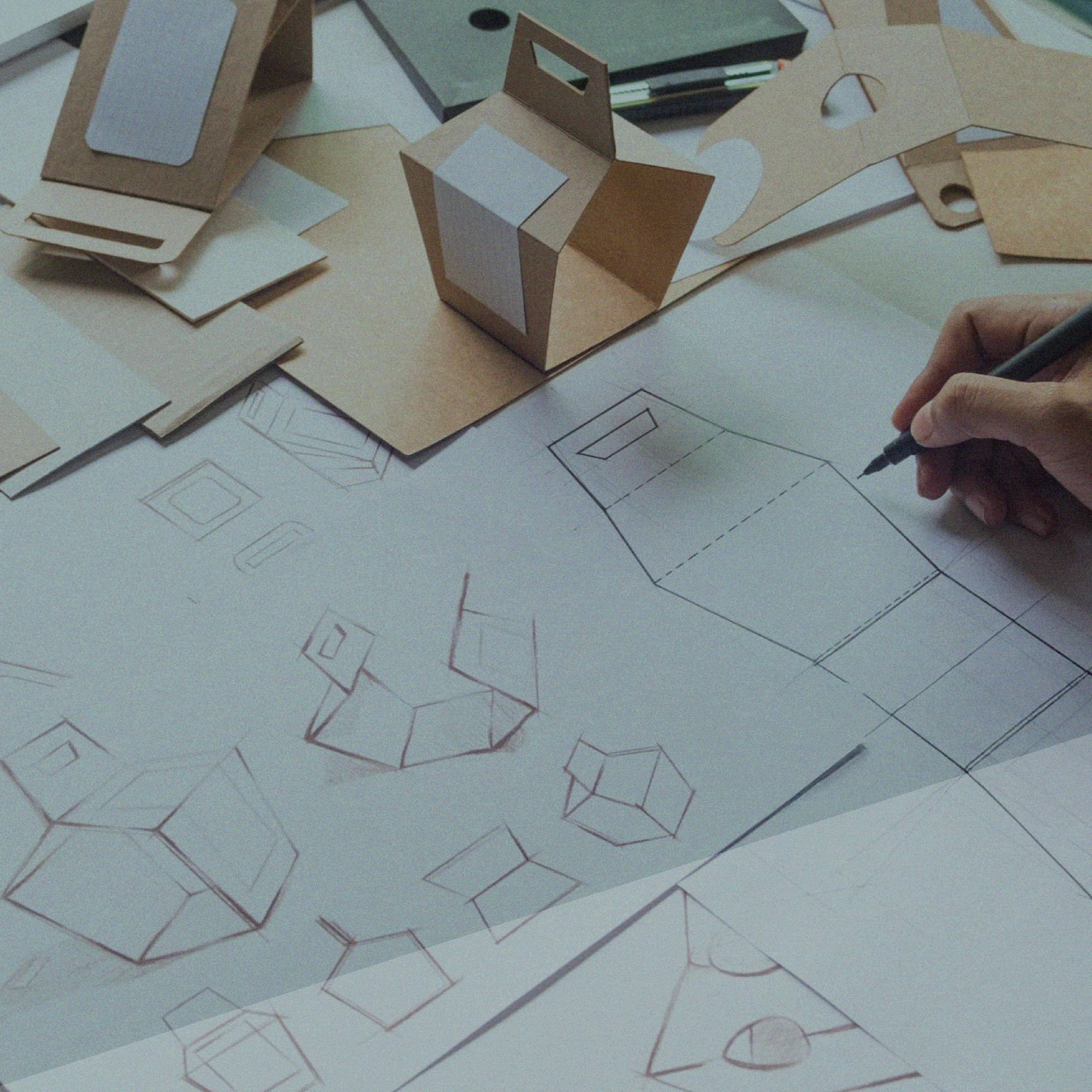
This enables textile-to-textile (T2T) chemical recycling, instrumental for a textile circular economy.
Upcycling starts here, when design teams create products with the potential for transformation, not termination.
2. Producer Responsibility
Extended Producer Responsibility (EPR) frameworks are pushing brands to think beyond the point of sale. But compliance isn’t enough. True leaders invest in:
- Take-back schemes
- Design for recyclability
- Partnering with companies who do chemical recycling or upcycling
As a recycled PET resin supplier, we’ve seen forward-thinking FMCG brands co-develop packaging solutions using recycled PET flakes. This ensures that the goods are easier to recycle and, even better, easier to upcycle into premium apparel, furnishings, or reusable packaging formats.
3. Advanced Chemical Recycling Technologies
Not all of the plastic waste can be mechanically recycled. In comes chemical recycling of PET, where plastics are disassembled to the molecular level. But even more thrilling is the place of industrial upcycling, where PET bottles turn into shoes, jackets or furniture.
These innovations capture material value in creative ways, proving that circularity can be functional and aspirational.
4. Behavioural Shifts in Consumption
No system can succeed if the inputs keep ballooning. We need to address overconsumption, driven by fast fashion, excessive packaging, and planned obsolescence. And this means creating real alternatives:
- Refill models
- Rental and resale platforms
- Durable product design
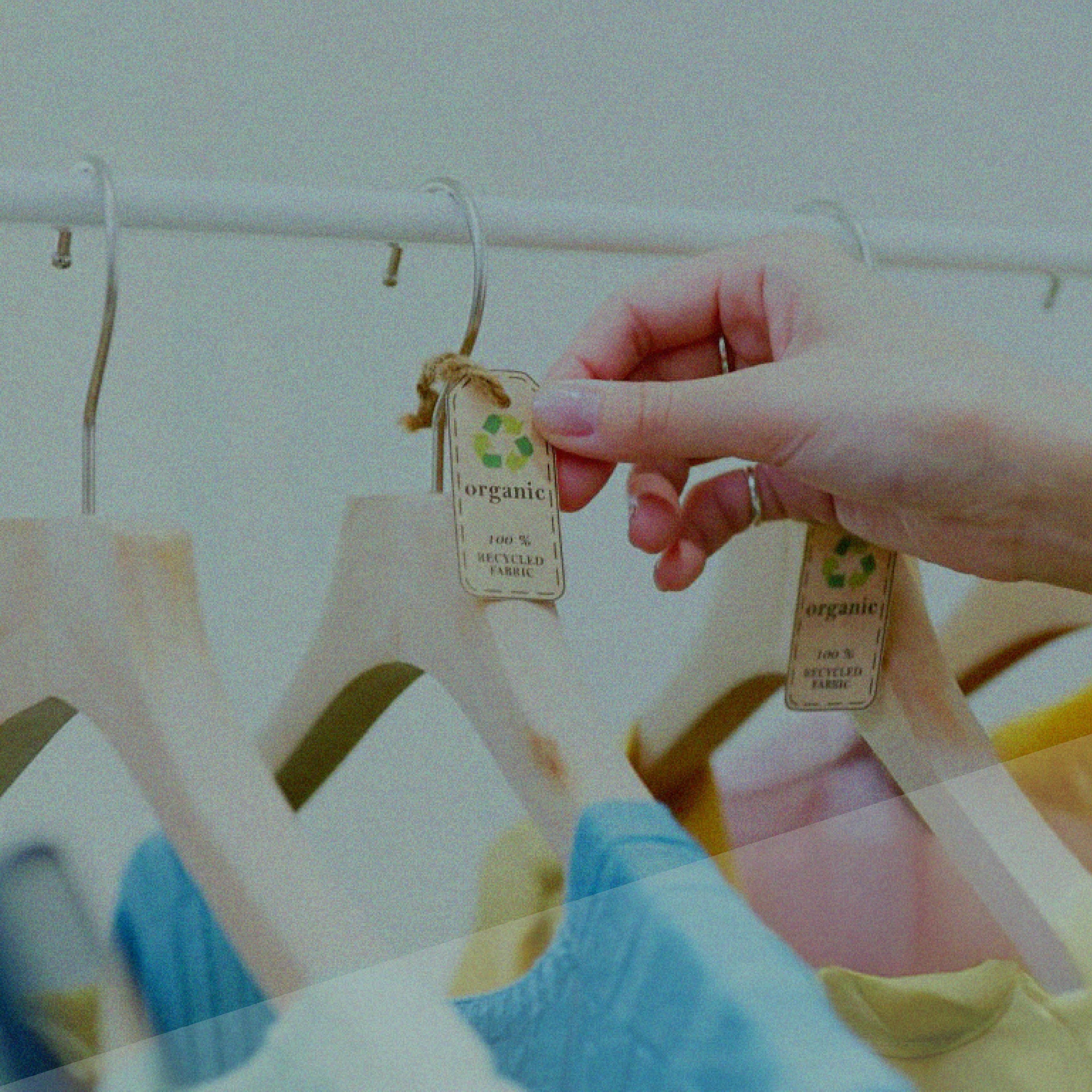
And crucially, products made from high IV rPET, offering a second life that’s often more premium and purpose-driven than the first.
Role of JB rPET & Chemical Recycling
As an rPET manufacturer in India, JB rPET plays a role in the circular plastics economy. We see chemical recycling as a strategic enabler, a vital link between better design and responsible consumption.
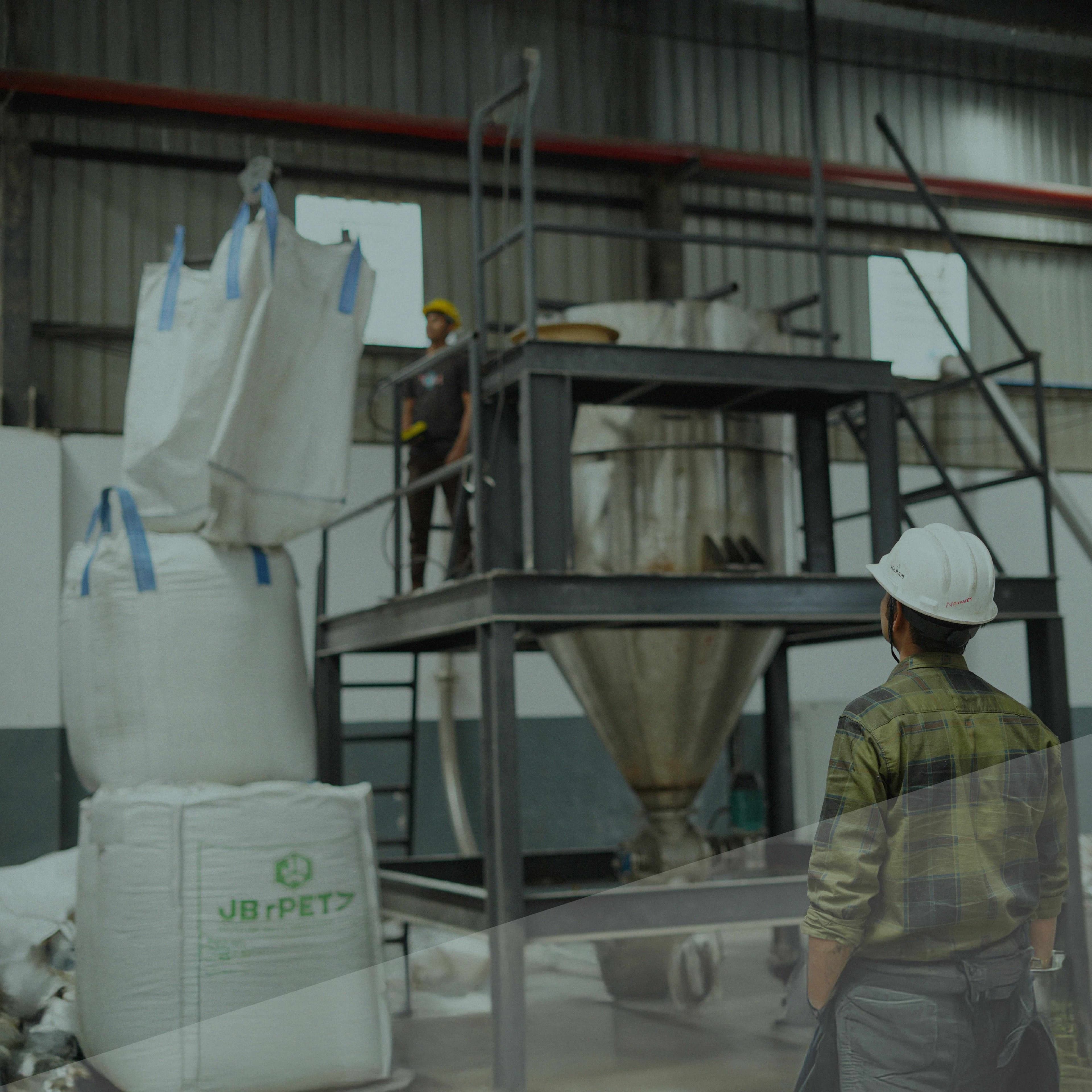
More importantly, we position upcycling as a core part of our innovation strategy.
Here’s how:
- Infrastructure: We’ve built robust capacity for plastic bottle recycling, sorting, and processing at scale, preventing millions of bottles from ending up in landfills.
- Transformation: In addition to the eco friendly rPET production, we partner with fashion and packaging companies to upcycle waste into innovative recycled plastic products.
- Partnerships: By partnering with designers and industry leaders, we’re turning industrial-grade waste into consumer-grade beauty, proving that trash can indeed become treasure.
The Consumer Role: Small Choices, Big Impact
While systems and technology are vital, consumers are the real engine of change. Buying less, choosing upcycled, and supporting transparent brands, these actions ripple outward. But we need to be wary of greenwashing, too.
Ask:
- Is this brand transparent about its chemical recycling or upcycling partners?
- Are its products actually circular or just marketed that way?
- Does it use recycled fiber textiles or virgin equivalent rPET in meaningful ways?
Each upcycled good tells a story of recovery, resilience, and reinvention.
Barriers to Zero Waste
Achieving zero waste is not without its hurdles:
- Policy Gaps: Many regulations still favour linear systems or penalise innovation.
- Cost of Transition: Circular materials and systems can be more expensive upfront.
- Lack of Awareness: Many stakeholders still see waste as an afterthought.
What’s the way forward?
- Stronger, enforceable EPR norms
- Financial incentives for upcycled materials and recycled resins
- Public-private partnerships to build collection and creative reuse infrastructure
- Bold storytelling that makes plastic circularity aspirational
PET Plastic Flakes & The Next Chapter
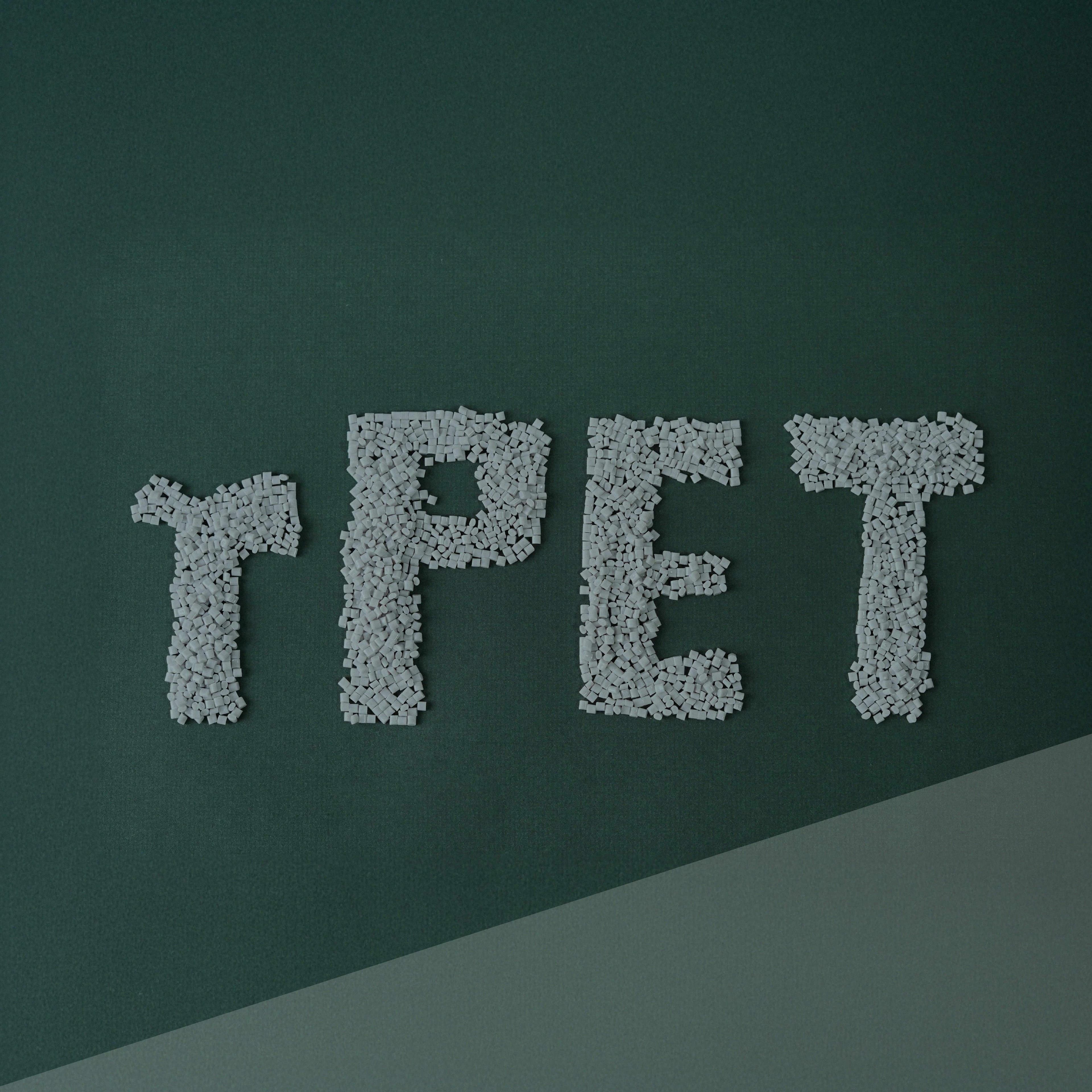
In a world tightening under growing consumption, depleted resources, and climate inaction, zero waste is a guiding principle. A means to repurpose the way we make, use, and appreciate materials.
PET recycling can be the tip of the iceberg, but beneath is a more profound revolution: from ownership to guardianship, from extraction to regeneration, from disposability to durability.
At JB rPET, upcycling represents that change. It challenges us to perceive waste not as an issue, but as a material in need of imagination. With our PET recycling technologies, we’re proud to be part of this evolution. But we also know that real progress requires governments, industries, innovators, and individuals to build systems.
Because a zero-waste future isn’t made in factories, it’s built in choices. And upcycling is a creative choice we can make.